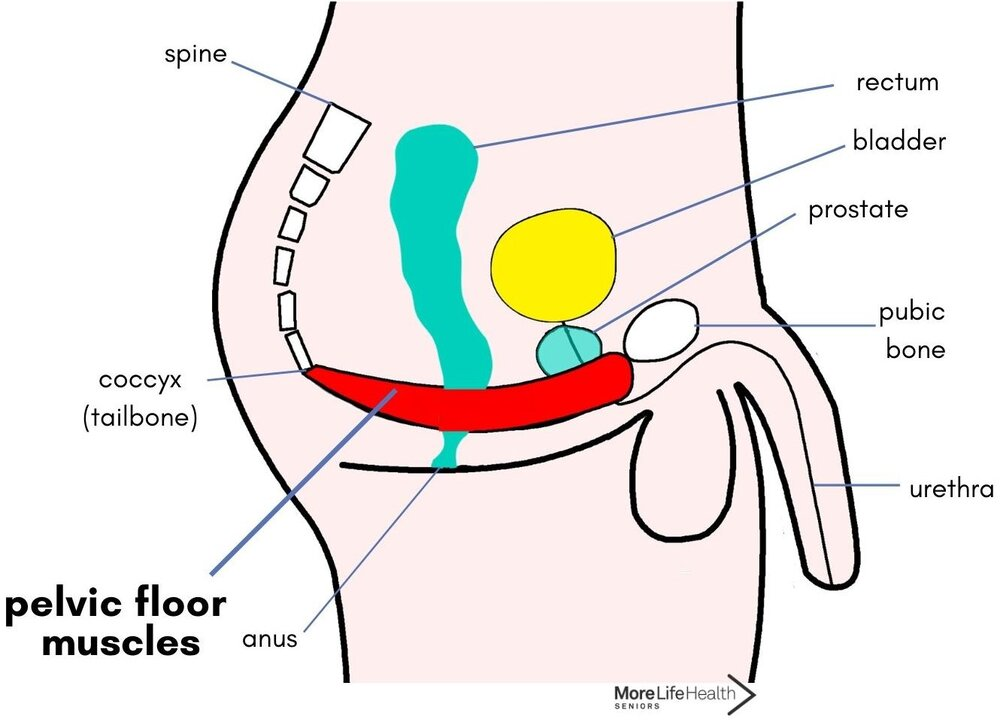Pelvic health solutions for men
As men get older, they may start to experience problems with their pelvic floor muscles. These problems can include urinary incontinence, fecal incontinence, and pelvic pain. Pelvic floor physical therapy (PFPT) is a type of physical therapy that can help to strengthen the pelvic floor muscles and relieve these symptoms.
The problem: common pelvic health issues for men
Pelvic floor problems are common in men, and can lead to urinary incontinence, fecal incontinence, and pelvic pain. Pelvic floor physical therapy (PFPT) is a type of physical therapy that can help to strengthen the pelvic floor muscles and relieve these symptoms.
Urinary incontinence is the involuntary leakage of urine. It is a common problem, affecting up to one in four men over the age of 60. There are two types of urinary incontinence: stress incontinence and urge incontinence. Stress incontinence is the leakage of urine during activities such as coughing or sneezing. Urge incontinence is the leakage of urine that is accompanied by a strong urge to urinate. Fecal incontinence is the involuntary leakage of stool. Pelvic pain is pain in the lower abdomen, groin, or pelvis.
Pelvic floor physical therapy can help to treat these problems by strengthening the pelvic floor muscles. These muscles support the bladder and bowel and help to control urination and defecation. Pelvic floor muscle exercises, also known as Kegel exercises, can help to strengthen these muscles. Biofeedback and electrical stimulation are other treatments that may be used to strengthen the pelvic floor muscles.
The solution: pelvic floor physical therapy
Pelvic floor physical therapy (PFPT) is a type of physical therapy that can help to improve pelvic health issues in men. PFPT works by strengthening the pelvic floor muscles, which support the organs in the pelvis. The pelvic floor muscles can be weakened by a variety of factors, including age, pregnancy, childbirth, and surgery.
PFPT treatments include pelvic floor muscle exercises, biofeedback, and electrical stimulation. Pelvic floor muscle exercises help to strengthen the muscles, while biofeedback and electrical stimulation help to retrain the muscles. Biofeedback uses sensors to measure the activity of the muscles and provide feedback to the patient, while electrical stimulation delivers electrical impulses to the muscles.
The benefits of PFPT include relief from urinary incontinence, fecal incontinence, and pelvic pain. PFPT can also help to improve sexual function. In a study of men with erectile dysfunction, 78% of participants who underwent PFPT reported an improvement in their condition.
If you are experiencing any of these symptoms, talk to your doctor about whether PFPT might be right for you.
PFPT is a safe, non-invasive treatment option. It is often used in combination with lifestyle changes such as diet and exercise, which can help to improve the overall effectiveness of the treatment. Furthermore, because PFPT does not involve any use of drugs or surgery, there are minimal side effects associated with the treatment. This makes it an ideal option for those looking for a non-invasive solution to their pelvic floor issues.
PFPT has also been shown to be effective in treating urinary incontinence, pelvic pain, and fecal incontinence. It is important to note that while PFPT is an effective treatment option, it is not a cure-all.
Other recommended posts
Non-invasive pelvic health solutions





Comments
Post a Comment